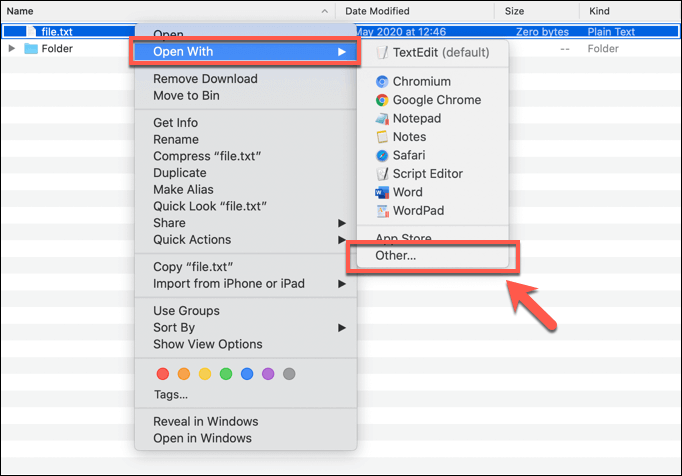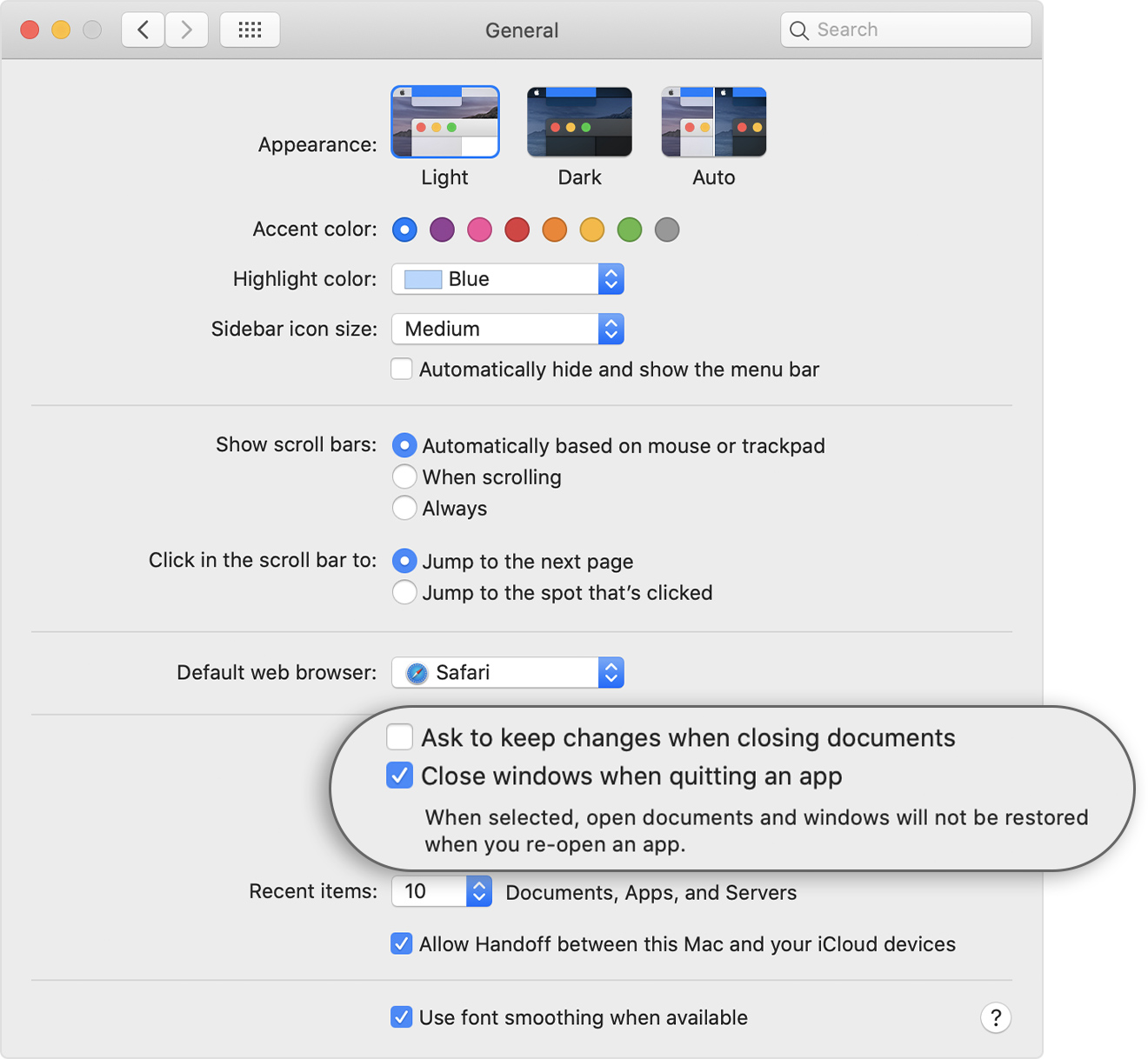

In the case of some file types, there will be multiple options, whereas others may have none. Step 7: Choose your preferred application from the list that appears and click its corresponding icon.
#How to stop using an app to open files plus
Click the application or Plus icon to its right. Step 6: Scroll through the list to find the file type you want to change the file association for. If a file type doesn’t have a particular application set up to handle it, there will be a gray plus sign (+) icon instead.
#How to stop using an app to open files windows 10
Step 5: You’ll then be presented with a list of all of the file types Windows 10 supports, with their associated applications on the right-hand side. Step 4: Scroll down if needed, and click Choose Default Apps by File Type. Step 3: Click Default Apps from the left-hand menu.

Step 2: Select Apps from the list of options. Alternatively, search for Settings in the Windows search bar and click the relevant result. Step 1: Press the Windows + X keys and click Settings from the resulting menu. If you want to change a few different file types - or even all of them - then the Settings menu is the best place to go. Step 6: From now on, any files of that type will be opened with your chosen application. You can also tick the box labeled Always Use This App to Open Files before you hit the OK button if you want that app to open all files of that type going forward. Step 5: When you’ve found the app you want and it has been selected, simply click the gray OK button. Step 4: If you don’t see your preferred app, then from the menu that appears when you select Open With, either search for one by selecting the Search the Microsoft Store option or click Choose Another App for an expanded list of already-installed applications. If you see the one you want, select it, and Windows will open that file in the app you’ve chosen. Step 3: Windows will then offer you an app or a list of apps that can act as the default for that file type. Step 2: Select Open With from the resulting menu. Step 1: Right-click on a file of the type you wish to change the association for. If you want to change more than one file type at a time, skip to the next section. The quickest method to change a single file type is to do it from the Open With menu. You can do it on an individual file-type basis or change all of them from one location. The three-letter designation next to that is its file type. Look for Type of File at the top of the window. If you aren’t sure which file type you want to change the association of, right-click your desired file and click Properties from the resulting menu. In the Run Command window, type shell:startup and click on OK to open the Startup Folder on your computer. Remove Apps from Startup Folder in Windows 10Īnother way to Stop Apps from opening at Startup in Windows 10 is to remove the App from the Startup Folder on your computer.ġ. Right-click on the Start button and click on Run. Note: If the “Disable” button is greyed out or unavailable, you need to login with you Admin Account. Note: If you cannot see the Startup Tab, click on More Details option located at the bottom left corner of your screen.ģ.Similarly, you can repeat the above steps to prevent all unnecessary Programs from opening at Startup on your computer.

On Task Manager screen, switch to Startup, select the Program that you want to prevent from automatically starting and click on Disable option. Right-click on the Start button and select Task Manager in WinX menu that appears.Ģ. Stop Apps from Opening at Startup Using Task Managerįollow the steps below to stop any App or Program from opening at startup in Windows 10 using Task Manager.ġ. Luckily, it is easy to Stop Apps from Opening at Startup in Windows 10 and prevent them from having an adverse impact on the overall performance of your computer. In certain cases, you may even be surprised to find unknown and unauthorized Apps running in background, unnecessarily using up or draining resources on your computer.


 0 kommentar(er)
0 kommentar(er)
